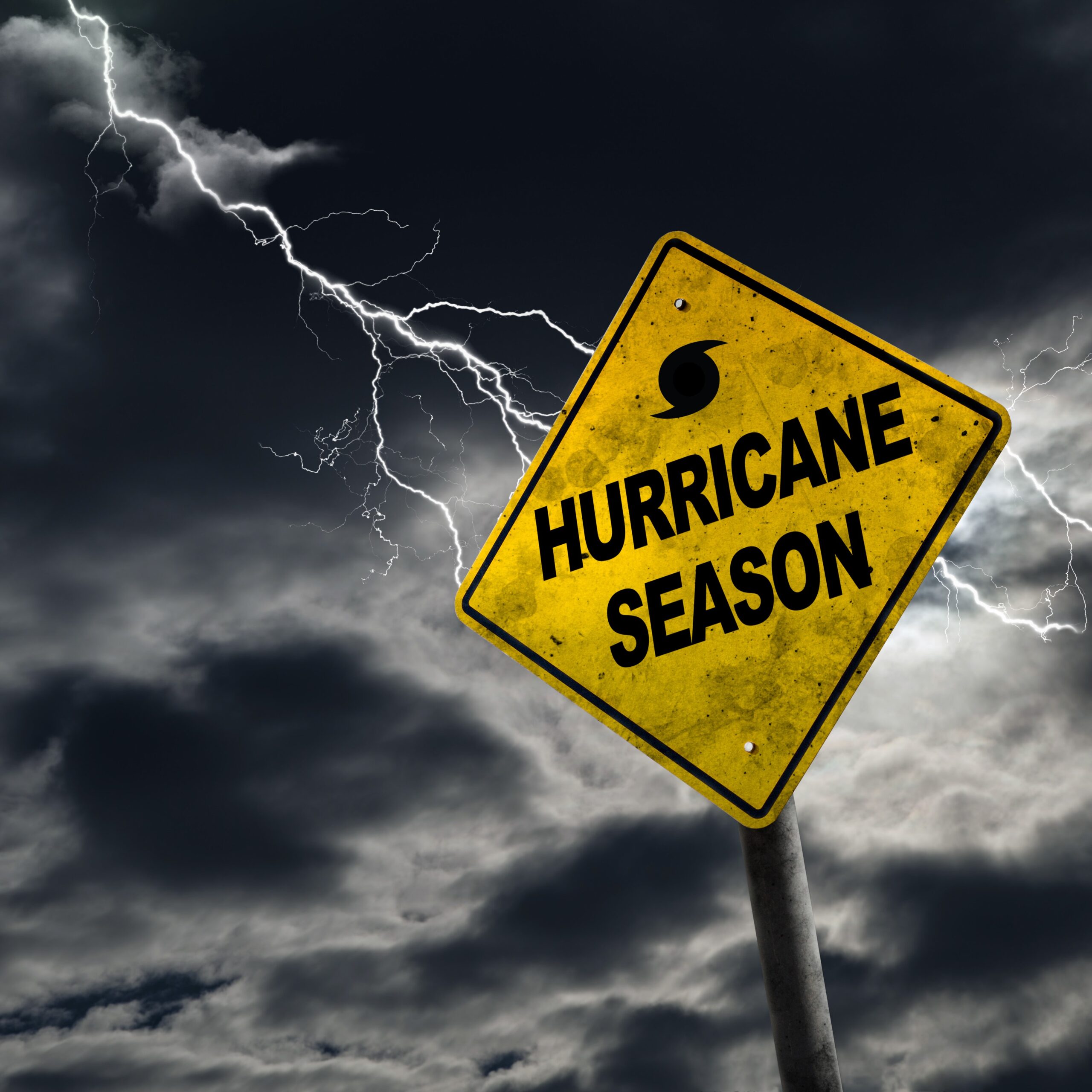The IRS Issues Disaster Releif for Hurricane Laura, California Wildfires, and other recent Disasters
By: James T. Walther, Esq., LL.M., General Counsel,
Legal 1031 Exchange Services, LLC
As we get into late Summer we tend to see increases in natural disasters such as extreme weather events and wildfires, it is important for taxpayers who are utilizing a 1031 exchange (“Exchangers”) to understand the effects of Federally declared disasters on the strict deadlines for completing an exchange.1
For delayed or forward exchanges, the 1031 rules set two time periods for a total deadline of 180 calendar days to close escrow on replacement property. The first 45-days are an identification period, in which the exchanger must identify potential replacement properties. The Exchanger then has 135 days after the close of the identification period in which to close escrow on at least one identified property (total 180-day period). Those Exchangers transacting a reverse exchange get 180-days to sell parked property after the transfer of ownership to an exchange accommodator.
In the event of a federally declared disaster, an exchanger may be eligible for an extension of either deadline, or both. In general, to qualify for an extension, the deadline must fall on or after the date of the Federally declared disaster. After each specific disaster event, the IRS will publish a Disaster Relief Notice and other guidance generally available on the IRS website’s disaster resources page.
These publications specify which counties have been affected and the type and duration of relief provided. For Exchangers to obtain extensions, the notice must specifically mention Rev. Proc. 2018-58, Section 17 of which provides that a taxpayer involved in a 1031 exchange may be eligible for a time extension of the 45-day and the 180-day deadlines for the later of 120 days or the extension date listed on the IRS Notice (previously IRS Rev. Proc. 2007-56, Section 17).2 In addition to being an “affected taxpayer” the Exchanger must have transferred their property to a buyer; or transferred “qualified indicia of ownership” to an Exchange Accommodation Titleholder pursuant to Rev. Proc. 2000-37 (reverse exchange) on or before the date of the Federally declared disaster. However, note that a taxpayer can qualify for relief for a variety reasons, including, but not limited to: the relinquished or replacement property is located in the Federally declared disaster area; the principal place of business of any party to the transaction is located in the disaster area; a lender will not fund the loan due to the disaster; or a title insurance company is not able to provide the necessary insurance policy to settle or close a real estate transaction due to a federally funded disaster. Therefore, an exchanger can potentially qualify for relief in Section 17 or other relief in a Notice that applies Section 17 to the disaster, even if all properties involved in the exchange are not in the disaster area.
Recently, the IRS has published and updated several Disaster Relief Notices for: Hurricane Laura; California wildfires; severe storms, flooding, wind damage in Michigan and Iowa (derecho); for severe storms and tornadoes in South Carolina; and earlier in the year for an earthquake in Utah (March). The published IRS Notices specify the affected counties and type of relief available. Pursuant to these Notices, the specified relief is automatic for “affected taxpayers.” Taxpayers who are not “affected taxpayers” or located in the disaster area but may otherwise be eligible due to a reason listed in Section 17, must contact the IRS as specified in the Notice.3
Eligibility for disaster extensions could vary on a case by case basis and the Covered Disaster Areas specified in IRS guidance are often updated over time. Exchangers and their advisors should carefully review any IRS guidance regarding disaster relief and make any determinations accordingly. When considering the impact of these disasters, it is important to determine if you or one of your clients is an affected taxpayer or otherwise eligible for tax relief, even if located far from the disaster area. If so, you should promptly contact your Section 1031 qualified intermediary.
________________________
1“Federally declared disasters” = “Presidentially declared disasters.” Historically, IRS guidance referred to “Presidentially declared disasters” but Rev. Proc. 2018-58 implemented a change in terminology.
2 Available at: https://www.irs.gov/pub/irs-drop/rp-18-58.pdf
3The IRS website states: To obtain tax relief, affected taxpayers not located in the IRS Designated Disaster Area must: Call the Disaster Assistance Hotline at 1-866-562-5227 and explain your situation to the assistor. After self-identifying, telephone assistors will manually code your accounts for the relief.
Legal 1031 does not provide tax or legal advice, nor can we make any representations or warranties regarding the tax consequences of any transaction. Taxpayers must consult their tax and/or legal advisors for this information. Unless otherwise expressly indicated, any perceived federal tax advice contained in this article/communication, including attachments and enclosures, is not intended or written to be used, and may not be used, for the purpose of (i) avoiding tax-related penalties under the Internal Revenue Code or (ii) promoting, marketing or recommending to another party any tax-related matters addressed herein.
Copyright © 2020 Legal1031. All rights reserved.
Disclaimer: This article may be considered Attorney Advertising, per Rule 7.1(f) of the New York State Rules of Professional Conduct.


